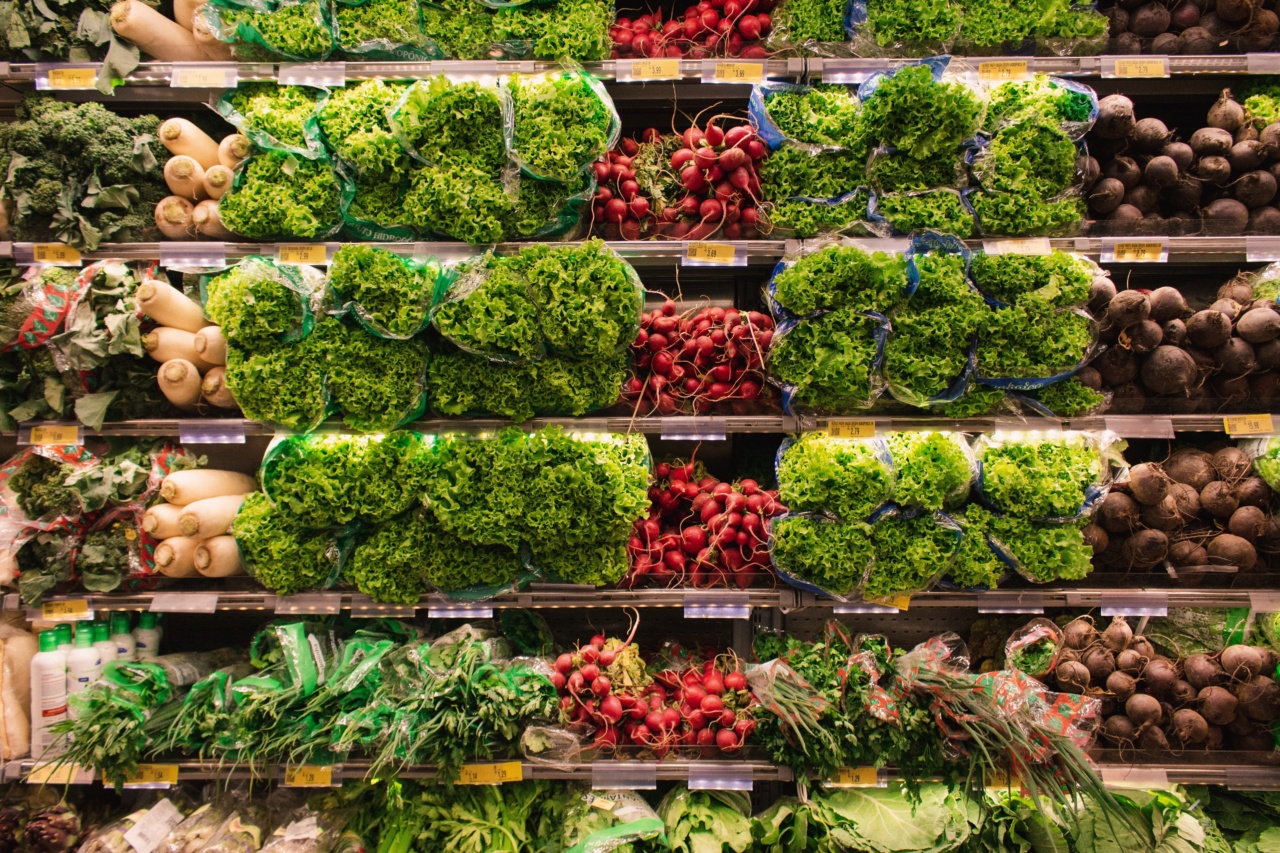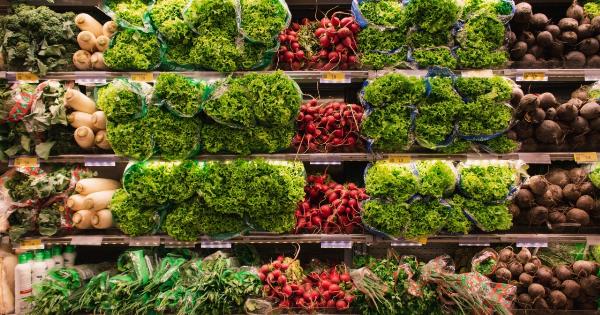When it comes to eating a healthy diet, one of the most important steps is making smart choices at the supermarket. With aisles filled with processed foods and tempting treats, it can be challenging to stay on track.
However, with a little planning and knowledge, you can navigate through the supermarket aisles and select nutritious foods that will nourish your body and support your health goals. This healthy supermarket shopping guide will provide you with tips and strategies to make your next trip to the supermarket a success.
1. Make a List
Before heading to the supermarket, take some time to make a shopping list. This will help you stay focused and prevent impulse purchases. Include items from all food groups, such as fruits, vegetables, whole grains, lean proteins, and healthy fats.
Consider planning your meals for the week ahead and write down the ingredients you need for each recipe. Having a list will ensure that you have all the necessary ingredients for healthy and satisfying meals.
2. Shop the Perimeter
Once you’re inside the supermarket, focus on shopping the perimeter. This is where you’ll find the fresh produce, meats, dairy, and seafood.
These whole foods are typically less processed and contain more nutrients compared to the processed foods found in the center aisles. Fill your cart with a variety of colorful fruits and vegetables, lean proteins like chicken or fish, and dairy products like Greek yogurt or low-fat milk.
3. Read Food Labels
When choosing packaged foods, it’s essential to read the labels carefully. Pay attention to the serving size, calories, and the ingredient list. Avoid products with long ingredient lists full of artificial additives, preservatives, and added sugars.
Instead, look for products with shorter ingredient lists that contain whole, recognizable foods. Opt for items that are low in added sugars, sodium, and saturated fats, and high in fiber and protein.
4. Fill Up on Fiber
Fiber is an essential nutrient that promotes good digestion and helps you feel fuller for longer. Look for whole grain products like whole wheat bread, brown rice, and quinoa.
These foods are rich in dietary fiber and contain more nutrients compared to their refined counterparts. Additionally, prioritize fresh fruits, vegetables, and legumes, which are all excellent sources of fiber.
5. Choose Healthy Fats
Contrary to popular belief, not all fats are bad for you. Healthy fats are necessary for proper bodily functions and can even help improve heart health. Opt for foods that are rich in monounsaturated fats like avocados, olive oil, and nuts.
These fats can help reduce bad cholesterol levels and lower the risk of heart disease. However, remember that even healthy fats are calorie-dense, so consume them in moderation.
6. Limit Processed Foods
Processed foods are often high in added sugars, unhealthy fats, and sodium while being low in essential nutrients. These foods, such as sugary cereals, cookies, and chips, can wreak havoc on your health goals and increase your risk of chronic diseases.
Try to limit your intake of processed foods and focus on whole foods instead. This will ensure that you’re getting a wide range of beneficial nutrients.
7. Be Mindful of Sugars
Sugar is found in many processed foods, even those that don’t taste particularly sweet. Excess sugar consumption has been linked to obesity, diabetes, and heart disease.
When shopping, check the ingredients list for added sugars like corn syrup, high fructose corn syrup, or cane sugar. Aim to choose products that have a low sugar content or are sweetened with natural alternatives like stevia or fruit extracts.
8. Stay Hydrated
Drinking enough water is vital for overall health and well-being. Instead of reaching for sugary drinks like soda or fruit juices, choose water or unsweetened beverages.
If plain water is not your favorite, try adding slices of lemon or cucumber for some flavor. Additionally, consider opting for herbal teas or sparkling water as healthier alternatives to traditional soft drinks.
9. Plan Snacks Wisely
Snacking can be a part of a healthy diet if you choose nutritious options. Instead of grabbing packaged snacks loaded with unhealthy ingredients, prepare your own healthier alternatives.
Some examples include raw nuts, carrots with hummus, Greek yogurt with berries, or homemade granola bars. By planning snacks ahead of time, you’ll be less likely to reach for unhealthy options when hunger strikes.
10. Don’t Shop on an Empty Stomach
Lastly, avoid shopping on an empty stomach. When you’re hungry, you’re more likely to make impulsive decisions and choose unhealthy foods. Eat a balanced meal or have a nutritious snack before heading to the supermarket.
This will ensure that you make rational, health-focused choices rather than giving in to cravings or temptations.































